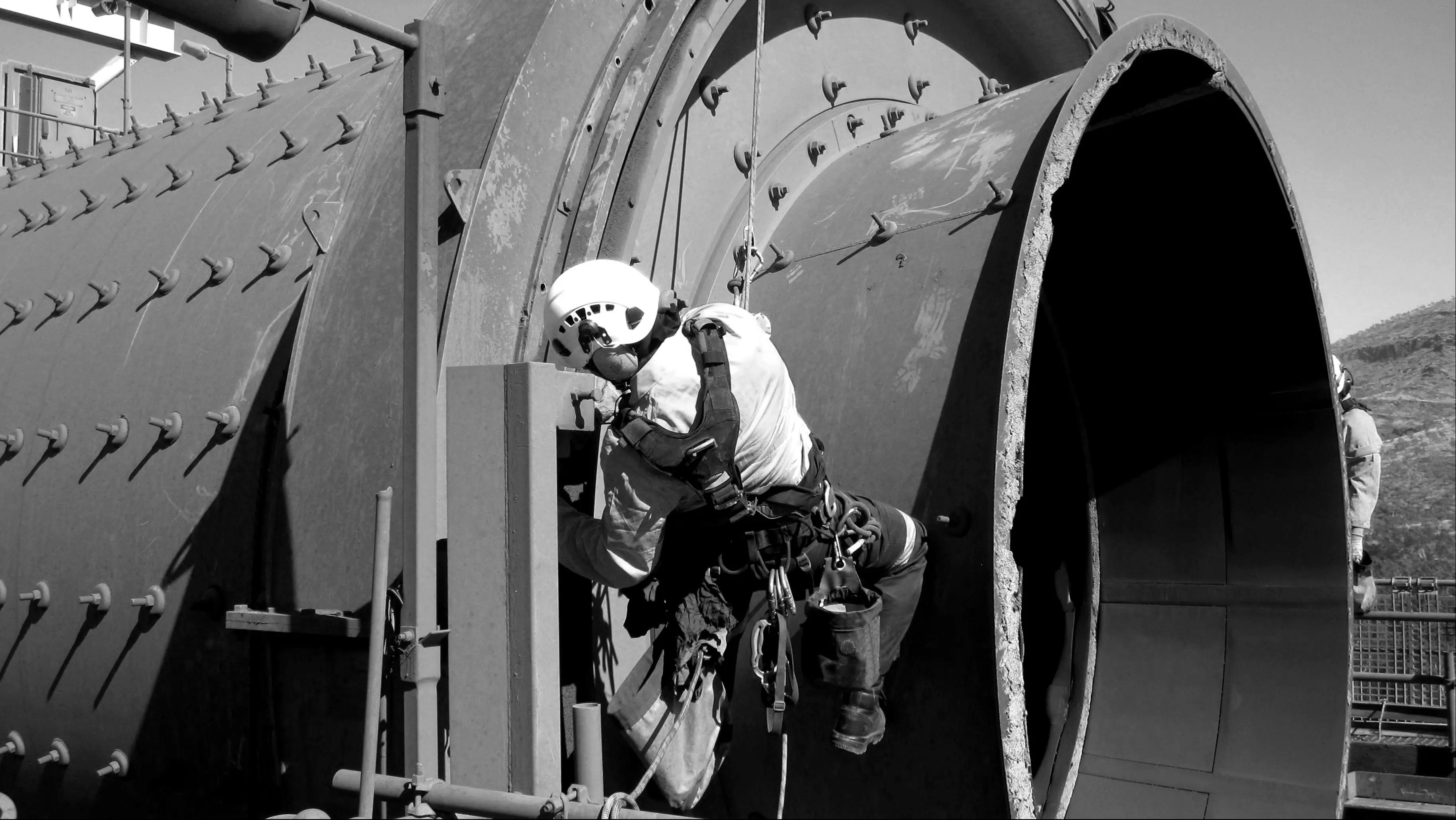Summer safety: protecting workers from heat stress
As Australia heads into another scorching summer, heavy industries like mining, construction, manufacturing and utilities face a familiar but growing...
PRODUCTS
Ideagen Workforce Safety
Workforce management software
Ideagen EHS
AI-powered EHS platform
Ideagen Machine Safety
Machinery safety and compliance
Ideagen Policy Logic
Policy, learning and assurance
Ideagen Procedure Management
Operations, people, training and compliance
Ideagen Mail Manager
File storage, collaboration and email
Ideagen Carbon Accounting
Emissions, energy and climate impact reporting
Ideagen Healthcare Guardian
Digitise governance, assurance and compliance
Ideagen Quality Management
Enhance quality management processes
Speak to our expertsAbout improving your safety, |
|
|
|
|---|---|
|
|
SUPPORT |
COMPANY |
|---|
|
3 min read
![]() Ideagen
:
5/05/25 1:45 PM
Ideagen
:
5/05/25 1:45 PM

Safety observation reporting is crucial in creating a proactive safety culture within a workplace but it’s often challenging to engage employees in this process. In Australia, where compliance with workplace health and safety (WHS) laws is stringent, encouraging frequent and thorough reporting can be essential to preventing incidents. Here are some strategies that can help foster a culture of safety observation reporting within your organisation.
Encouraging workers to report incidents and near misses is crucial because it helps businesses identify potential hazards before they result in serious incidents. When employees feel empowered to report these events, it allows the company to proactively address risks, reducing the likelihood of future incidents that could harm workers, disrupt operations or lead to costly legal liabilities. Additionally, a robust reporting culture demonstrates a commitment to safety, which can improve employee morale and trust. Workers are more engaged and motivated when they see their concerns taken seriously, creating a safer, more positive workplace environment and boosting overall productivity.
A complex or time-consuming reporting process can be a significant barrier to participation. Instead, aim for a streamlined, user-friendly system, such as an app-based platform or a simple online form that can be filled out quickly on any device. Ensure every employee knows how to access and use the system and make adjustments based on their feedback.
Quick tip:Acknowledging and rewarding employees who actively contribute to safety reporting can incentivise participation. Create a recognition program that celebrates those who provide valuable observations, especially when their input leads to changes that improve workplace safety. Rewards don’t have to be extravagant; even a monthly “Safety Champion” award can boost morale and encourage others to get involved.
Quick tip:
Ideagen EHS has tools to simplify incident management, from reporting to investigation and resolution. Contact us today.
Disclaimer: This article is intended to provide general information on the subject matter. This is not intended as legal or expert advice for your specific situation. You should seek professional advice before acting or relying on the content of this information.

As Australia heads into another scorching summer, heavy industries like mining, construction, manufacturing and utilities face a familiar but growing...

In today’s fast-paced and unpredictable business environment, safety is often viewed as a regulatory necessity rather than a strategic advantage....

Do you work in manufacturing, construction, oil and gas, or utilities? If so, you already know your industry is at a heightened risk for accidents...